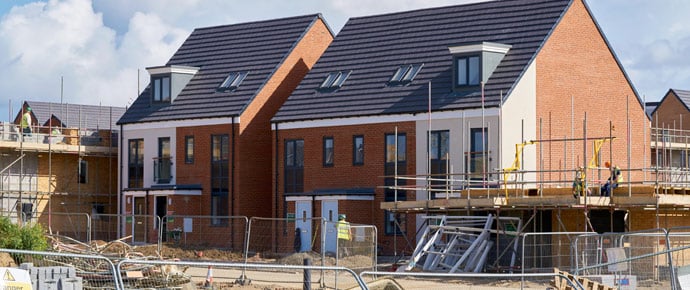Can the UK Government’s planning white paper – Planning for the Future – deliver?

An expedient, pro-active and pro-development regulatory planning system is what investors, developers and our wider industry has been calling for, says Jo Davis, managing director for Planning, Development and Regeneration at Avison Young.
The White Paper, Planning for the Future, which was unveiled in August, proposes sweeping reforms for the planning system. And with its single objective of addressing England’s acute housing shortage, it has an overarching aim of streamlining and modernising the planning process.
But can it deliver? asks Jo Davis, managing director for Planning, Development and Regeneration at Avison Young.
Whilst proposing some exciting and much needed change, the White Paper remains relatively high level and further details still need to be provided on the mechanisms to achieve the vision. From community engagement, to how the reforms are to be resourced, to the challenges on implementing such radical change, there’s much we still need to know.
If the White Paper can meet all the challenges, and still come through its journey without excess dilution, then we are facing real opportunities to speed up the pace of change with the planning process and positively effect economic bounce back post-Covid.
Planning for the Future is set against the backdrop of the Government’s pledge to Build, Build, Build, addressing the inequalities between different parts of the country, as well as increasing international competitiveness post-Brexit. The Prime Minister’s £5bn “new deal” to build homes (300,000 a year) and infrastructure is aimed to counter the economic shock we’re all facing.
The plan looks to ensure more land is available for development where needed. There is an emphasis on environmentally friendly, sustainable homes, taking a digital-first approach to modernising the planning process, reviving town and city centres, and improving the system of developer contributions towards infrastructure.
But perhaps the most ambitious proposals bring new focus on our local plans. Binding housing targets will be set centrally to meet the national target of 300,000 new homes a year.
Technology will be introduced to make local plans more widely accessible, and an ambitious 30-month time frame is proposed for their adoption. Fundamentally three simplified development categories are to be created so planning authorities will identify land as falling within either growth, renewal or protected bands, each bringing different routes for securing the necessary consent to build.
At a time when funding is already stretched, the biggest challenges will be local authority resource, and engagement with the public during plan making. Up-front investment in evidence and design work will be costly for investors.
And within Planning for the Future, there still remains an elephant in the room - the White Paper is silent on green belt development. To deliver 300,000 homes each year a review and refresh of green belt policy at a national level is vital.
So can “Planning for the Future” deliver?
If the White Paper can pass into legislation smoothly in early 2021, then it can change the face of the planning system and genuinely speed up housing delivery. If it’s delayed and diluted, then the certainty that the industry is calling for goes unheeded. Time is of the essence if we want these reforms to positively effect economic bounce back.

